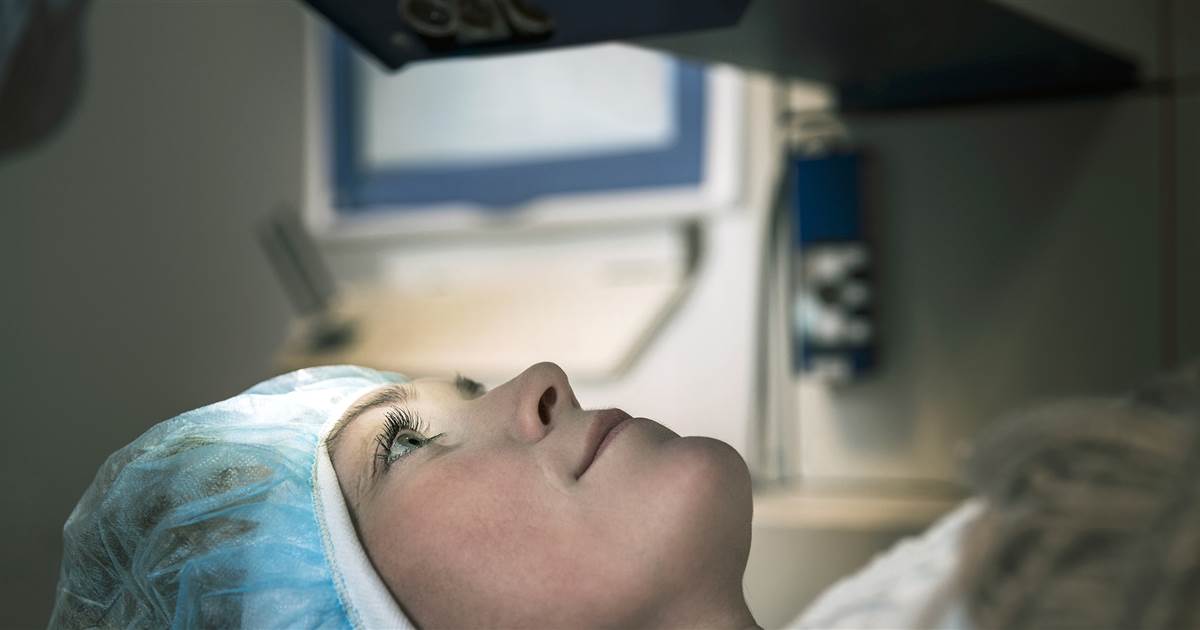10 Tips for Treating and Living with Nearsightedness
Nearsightedness—also known as myopia—isn’t just common, it’s increasingly shaping how millions of people see the world. If distant objects seem blurry while nearby ones stay clear, your eyes may be bending light incorrectly, causing images to focus in front of the retina instead of directly on it. Myopia often runs in families and can appear early in life, worsening through adolescence and even into adulthood if left unchecked. But nearsightedness isn’t a life sentence—it’s a manageable condition with a growing range of treatments and daily strategies that can dramatically improve quality of life. From simple eye exams to advanced corrective options, recognizing the signs early—like squinting, eye strain, or trouble seeing while driving—can lead to better outcomes. Whether you're newly diagnosed or navigating changes in your vision, we’ve expanded our guide to include 10 Tips For Treating And Living With Nearsightedness—practical, science-backed steps to help you see more clearly, comfortably, and confidently.
1. Wear Prescription Glasses

One of the most common solutions for nearsightedness is to wear prescription glasses. Glasses and contact lenses work the same way. The lenses of the glasses alter the direction of light's rays, allowing the rays to focus on the retina instead of in front of it. For nearsighted individuals, light rays come to a focus point too early. Glasses will diverge the light rays, helping reduce the focusing power of the eye. When the focus point moves backward, the patient is able to see. Eyeglass lenses have powers measured in diopters. For nearsighted patients, lenses will begin with a minus sign. Meanwhile, those who are farsighted will have a plus sign on their prescription measurement.
2. Laser-Assisted In Situ Keratomileusis

Laser-assisted in situ keratomileusis, typically referred to as LASIK, is a type of laser eye surgery that changes an individual's cornea shape. The goal is to reduce the patient's need for glasses, with ultimate success eliminating the need for glasses entirely. This surgery is typically used with severe cases of nearsightedness. Before LASIK, the only surgical options for vision correction tended to have very long recovery periods. LASIK can be done directly in the ophthalmology office. The surgery takes only twenty to thirty minutes to complete. There isn't a lot of pain, and the recovery time tends to be fast. Numbing eye drops are used to reduce pain, but general anesthesia doesn't tend to be required.
